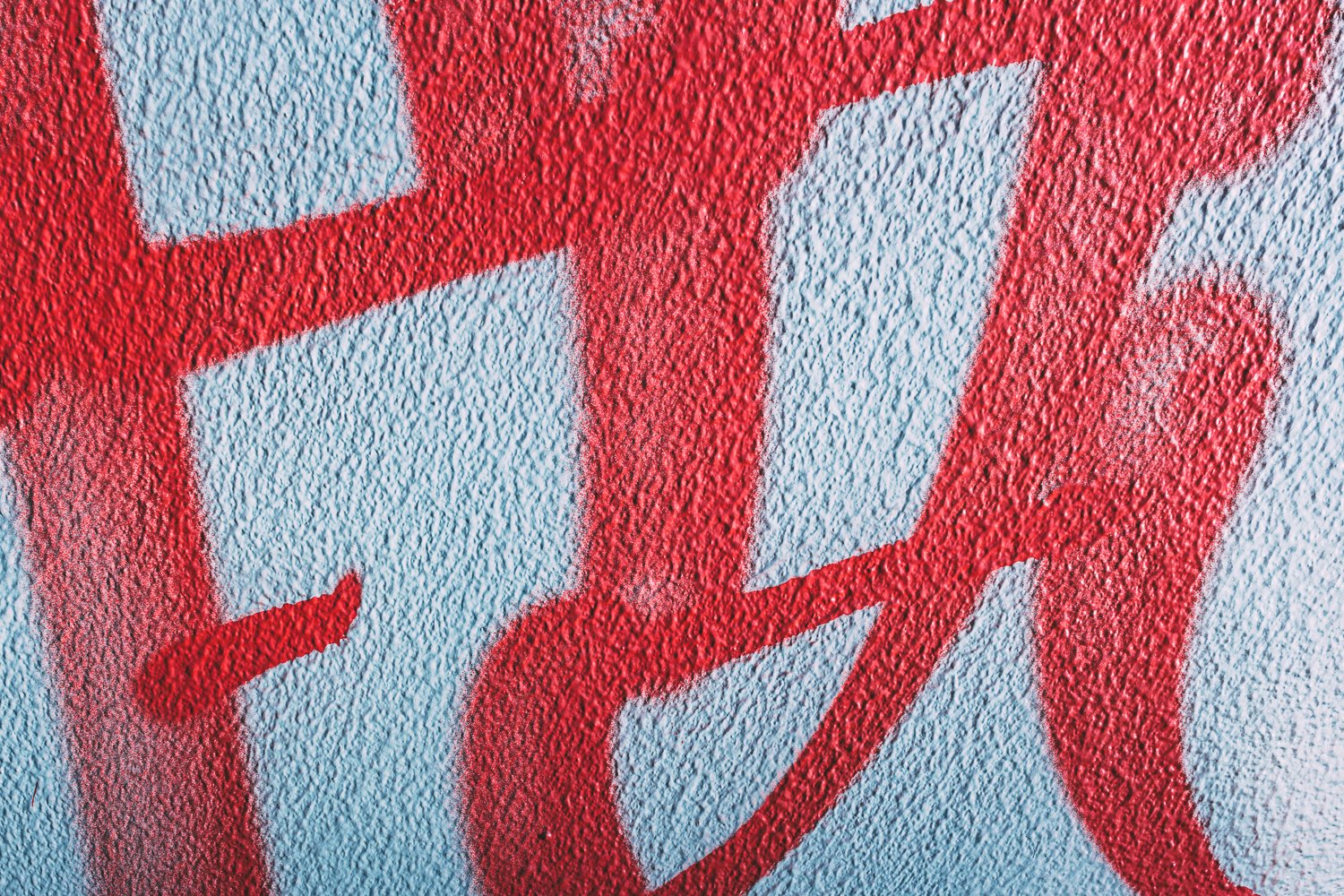
Recontextualized
-
The street is a large art gallery — the canvas is its walls, windows, concrete and wood — one that is waiting to be discovered, constantly in a state of flux; art, yet not art. Dennis Hopper thought of his found art as ZEN TABLETS, "brief and temporary like life itself yet clear and precious." There is a spiritual connection when discovering these, and they do need to be found as they are often ignored or overlooked by those who pass by.
Recontextualized is a series of Untitled pieces of art, which have been discovered in the maze of streets and alleys which I regularly wander in the Greater Tokyo Area. When I encounter graffiti or street art, weathered fragments and textured surfaces I study it and photograph a small area of the whole to create a new abstract. Many of the works I encounter are gone the next time I pass, and often replaced with something new. A constant reincarnation cycle of renewal and creation.
A Pandora’s box of possibilities appears when you begin to consider the question “what is art?”, and if you’ve spent any time exploring the streets you can begin to see art in pavement cracks, sprays of paint left on walls, and in careless acts of vandalism. Waiting to be discovered on the street is the potential for a plethora of unintentional art.
If you are able to keep this idea in mind the street suddenly becomes a large studio — the canvas is its walls, windows, concrete and wood. When I go to an exhibition at a gallery I know what to expect, however what art I will see is unknown — it is in the familiarity of knowing what to expect that I am able to discover the new and unknown. If I treat the street like a studio, I can approach each outing as being full of potential. I know what to expect where I have walked before, but not what I will find. The exhibitions and art of the street change with each passing moment in a constant state of flux.
The neighbourhoods I frequent are familiar to me and with each footstep that I follow my knowledge and understanding of the street has grown. On the street it is not the finding what is new or fresh which is exciting, the excitement comes when seeing what has always been. Once you become familiar with the street small details, subtle changes, and things out of context become apparent. Repeated visits to the same areas these past nine years has taught me this understanding.
I would describe this familiarity as bordering on the intimate, and as oddly spiritual. This spiritual component is one of the unspoken (poorly spoken and documented) dictums of photography. An elusiveness often quickly dismissed by people and other photographers as being at the right place at the right time. Yes I admit, luck plays a part, but it’s the religious act of exploring the same streets, areas, and subjects over and over again, that you form an intimacy and knowing that I can only describe as spiritual. A faith in the street and in yourself.
An important part of this project was the discovery of getting lost while walking alone on familiar streets, I don’t mean lost as in not knowing where you are but lost as having a connection, a oneness, with the street. This sense of being lost rarely happens however if you put in the time (I won’t add “and effort” because there isn’t any effort exerted doing what you are meant to do) to walk the street observing what you see and what others do not see (that is the best discovery, finding what others ignore) you begin to sense these moments of connectedness.
These Untitled pieces of art, part of my series called Recontextualized are bits and pieces of ephemera, the drips, drops and splatters of paints, the left over marks of culture, cracks, leaks and vandalism, which I have discovered in the maze of streets and alleys I regularly wander in the Greater Tokyo area. When I encounter graffiti, street art or the remains of construction or destruction, just like at a gallery I stop and study it as if it were a photo, painting, or sculpture. From the whole of what I examine I look for the interesting, the minutia that made me stop in the first place, and from that I create a new abstract piece of art.
Since I keep to the same streets and areas there is that spiritual connection when discovering these, and they do need to be found as they are often ignored or overlooked by those who pass by. More often than not, the found art I saw last time is gone, scrubbed cleaned, whitewashed, sandblasted away; erased like a De Kooning leaving only a blank canvas. Dennis Hopper thought of his found art as ZEN TABLETS, “brief and temporary like life itself yet clear and precious.” Not gone forever though. Soon that blank canvas will be replaced with something new; the constant reincarnation cycle of renewal and creation. This new art, and the art I create, exists as part of the larger whole but in a completely different context. The street is an ever shifting and changing gallery, one that needs to be constantly explored in order to benefit from what is to be found.






















































































